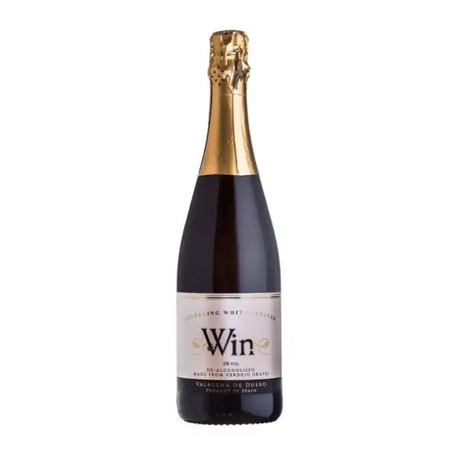The low-alcohol trend is revolutionizing the world of toasts. More and more people are looking for conscious options to enjoy without the side effects of excess. This trend responds to a healthier, more balanced, and socially active lifestyle, ideal for those who want to take care of their well-being while still celebrating.
What are low-alcohol drinks?
Low-alcohol drinks are wines, beers, spirits, or cocktails that contain between 0% and 4% alcohol, unlike traditional drinks, which usually exceed 10% to 12%. Some are even completely alcohol-free but retain the flavor, aroma, and ritual of the toast.
According to a report by IWSR Drinks Market Analysis , the global market for non-alcoholic wines and low-alcohol beverages grew by 7% annually between 2020 and 2023, and this figure is expected to accelerate further in 2025 thanks to a preference for more conscious consumption, especially among young adults and women. Why are they fashionable?
- Fewer calories , better health: perfect for those watching their figure or following a diet.
- Social drinking without consequences : ideal for events where you want to socialize without getting drunk.
- Inclusion : allows pregnant women, people undergoing treatment, or drivers to enjoy the moment without breaking the rules.
- Trend 2025 : Consumers are looking for healthy alcohol, meaning lighter alternatives with natural or artisanal ingredients.
Origins of the Low Alcohol Trend
Although low- or no-alcohol drinks are all the rage these days, their history goes back further than you might think. The need for lower-alcohol alternatives is not new and has evolved over time for a variety of reasons.Non-Alcoholic Beer: A History of Prohibition and Wars
Non-alcoholic beer, for example, has its roots in Prohibition in the United States (1920–1933). During this era, many breweries were forced to produce "near beer," a beverage with an alcohol content below 0.5% , in order to remain legally operating. However, it wasn't until the 1980s that modern non-alcoholic beer truly began to gain popularity, driven by a growing interest in health and road safety. Its creation cannot be attributed to a single individual, but rather to the evolution of the beer industry in response to social and legal changes.Non-Alcoholic Wine: Innovation and Flavor
Alcohol-free wine has a more recent history. Although attempts have been made over the years, it was German scientist and winemaker Carl Jung who, in 1908, patented a method for removing alcohol from wine using a low-temperature vacuum process, better preserving the aromas and flavors . This method, perfected over time, made it possible to create wines with a flavor similar to traditional ones, but without the alcohol.The Current Movement: From Health to Consciousness
The current wave of the low-alcohol trend can be attributed to a global shift in mindset. Since the 2010s , the wellness movement, awareness about mental and physical health, and the search for inclusive options have led to a boom in innovation in these drinks. It's not just a matter of safety or laws, but a conscious lifestyle choice, especially popular among younger generations who value balance and moderation.What drinks can you find in Wines and Spirits?
At Vinos y Licores, you can now find several low-alcohol or moderate-alcohol options, ideal for those who want to toast with awareness:
- Les Cocottes Merlot Non-Alcoholic Red Wine : non-alcoholic semi-sweet French wine, ideal for casual dining.
- Pierre Zero Rose Non-Alcoholic Rosé Wine : a fruity blend with light bubbles and a refreshing touch. Contains 0% alcohol.
- Erdinger Non-Alcoholic Beer 500ml : with individual, alcohol-free presentations, ideal for relaxed parties or as an original gift.
Tips for choosing your low-alcohol drink
-
Always check the label or product information sheet.
-
Look for the alcohol content (ABV).
-
Opt for sparkling wines or ready-to-drink cocktails if you're looking for something refreshing.
-
Pair with light snacks and plenty of hydration, even if the alcohol is minimal.
Ready to discover the lighter side of a good toast? Explore our options in the Non-Alcoholic Beverages section – Vinosylicores.com and join this 2025 trend.










